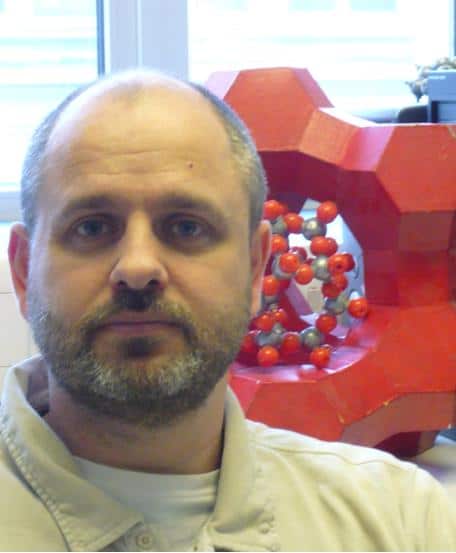
Scott Woodley is Professor of Computational Chemistry and Physics at UCL; leads UK’s Materials Chemistry HEC Consortium of 85 research teams based in 34 UK institutions (see http://www.ucl.ac.uk/klmc/mcc); Director of the Materials and Molecular Modelling Hub that hosts the Tier-2 facility YOUNG (see https://mmmhub.ac.uk/); and the Programme Director for UCL’s MSc Molecular Modelling.
He was a member of the EPSRC procurement team for UK’s national Tier-1 facilities (ARCHER and ARCHER2) and chaired the Benchmarking Committee for the procurement of ARCHER2, has served two terms on the CCP5 Steering Committee, is the lead on the KLMC software that is designed to manage workflows for coupled materials simulations, and the PI for the EPSRC funded WASP@N (https://hive.chem.ucl.ac.uk/) and SAINT (https://saint.chem.ucl.ac.uk/) workflow projects that created web-accessible databases and software, which employ materials software on dedicated multiprocessor systems.
Previously, he was a research associate developing new functionality within GULP (http://gulp.curtin.edu.au/gulp/) at the Royal Institution of Great Britain working with Professors Richard Catlow, Julian Gale and Peter Battle after graduating from the University of Bristol in Maths and Physics and then obtaining a PhD in Condensed Matter Theory from the University of Bath.
Development and Evolution of Materials Modelling Software
Traditionally, academic codes tend to be made freely available for non-profit research as command-line software and left for commercial companies to exploit opportunities to make more accessible for industry via user-friendly interfaces and provision of support. With the increase in computing power and therefore the number of jobs, or simulations, that can be run, academics find themselves developing software to run their simulation software and collate their data and, in doing so, find they are also evolving user-friendly software. I will give an overview of the software employed in molecular and materials modelling I have helped developed and used in both in research and teaching within academia.